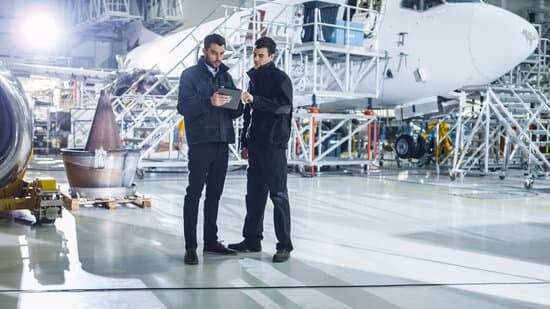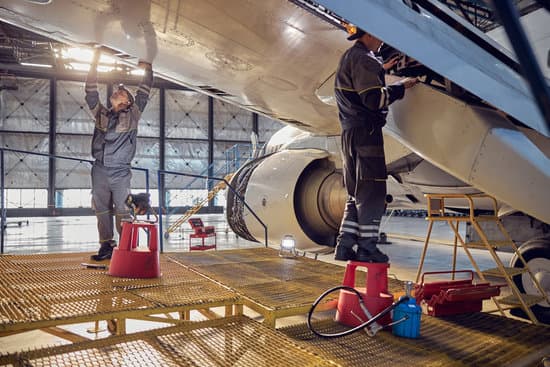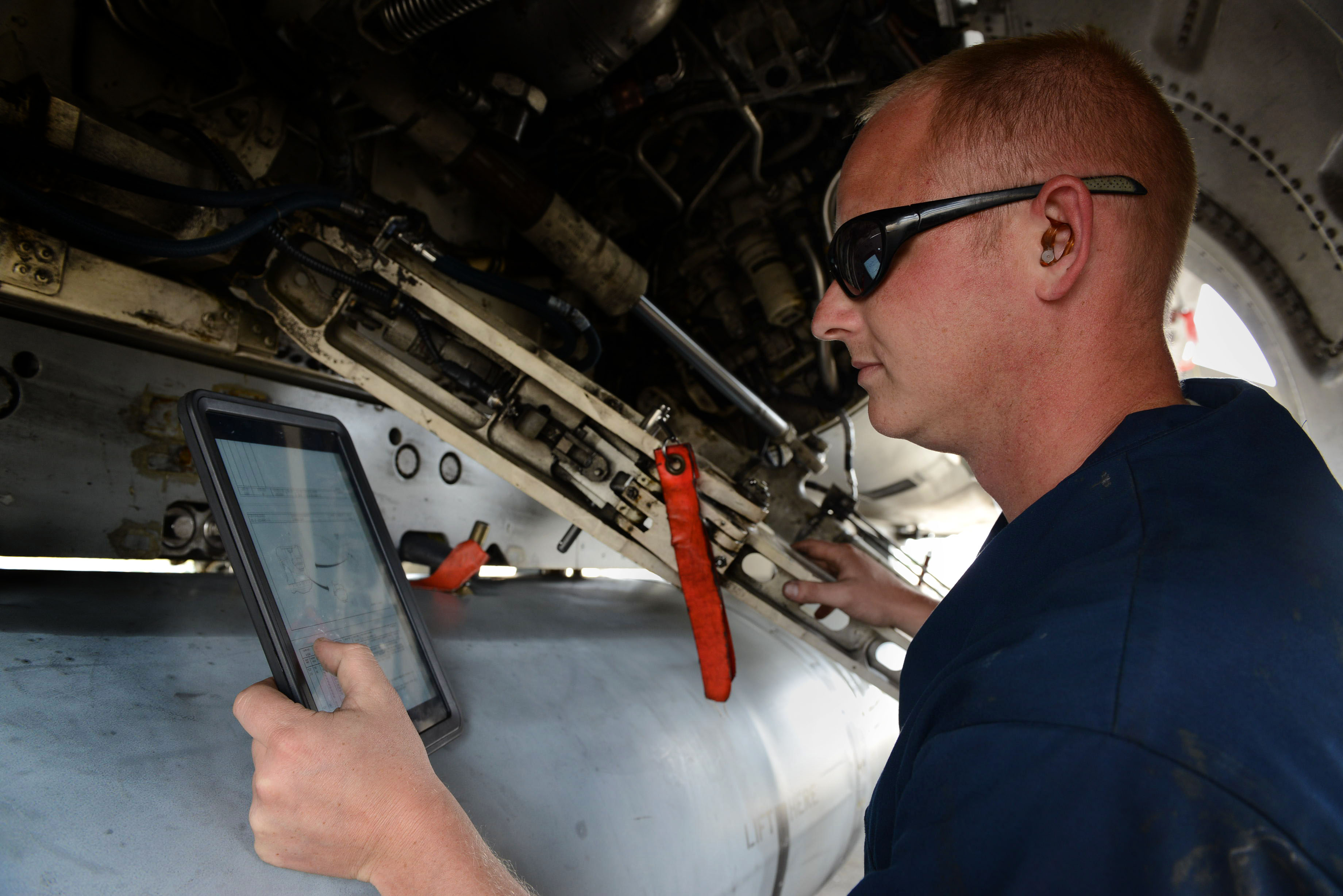Evolution of MRO Technologies: Boosting Safety, Efficiency & Cost

Like much of the world, the aerospace industry is embracing cutting-edge technologies and MRO providers are at the forefront of this transformation, integrating innovations that enhance safety, efficiency, and cost-effectiveness.
“Aircraft Maintenance, Repair, and Overhaul (MRO) is a critical aspect of the aviation industry, and the integration with technical advances it makes in its service delivery, results in business viability while ensuring the safety of assets and reliable airline operations for the entire aviation industry– both commercial and defense,” said an MRO Today feature in September 2024. “It is the ‘making use of’ newer and revolutionary type of scientific and engineering principles in the design, development, operation, and maintenance of aircraft-related systems.”
As the global fleet continues to grow and aircraft systems become increasingly complex, the MRO industry is undergoing a technological revolution that is not only enhancing operational efficiency but also redefining how maintenance is approached and executed.
This article explores how emerging technologies such as Augmented Reality (AR), predictive maintenance, and 3D printing are reshaping the MRO landscape, ensuring that aircraft remain in optimal condition and ready for flight.
The Changing Landscape of Aircraft Maintenance
The aviation industry is experiencing unprecedented growth, with projections from global travel data provider OAG, indicating that by 2033, approximately 38,000 modern aircraft will be in operation around the world.
This expansion brings with it new challenges for MRO providers, who must adapt to maintain a larger and more technologically advanced fleet:
- Increasing Complexity of Aircraft: Modern aircraft are becoming increasingly complex with advanced avionics, propulsion systems, and composite materials. MRO providers need to invest in specialized tools, equipment, and training to handle these sophisticated systems effectively.
- Technological Advancements: The aviation industry is constantly evolving with new technologies like electric propulsion, autonomous flight systems, and advanced materials. MRO providers must stay updated on these advancements to provide the necessary maintenance, repair, and overhaul services.
- Regulatory Compliance: Aviation safety regulations are stringent and often require specific maintenance procedures and certifications. MRO providers must ensure they are compliant with these regulations to maintain their operational licenses and avoid penalties.
- Cost-Efficiency: Adapting to a larger and more technologically advanced fleet can help MRO providers achieve cost-efficiency. By investing in modern equipment and techniques, they can improve efficiency, reduce downtime, and minimize maintenance costs.
- Customer Satisfaction: Airlines and aircraft owners expect MRO providers to deliver high-quality services that meet their specific needs. Adapting to the evolving aviation landscape is crucial to maintaining customer satisfaction and secure long-term business relationships.
- Competitive Advantage: MRO providers that can effectively adapt to the changing aviation industry will have a competitive advantage. They can attract more customers, offer specialized services, and differentiate themselves from competitors.
The complexity of modern aircraft systems demands innovative solutions to ensure optimal performance and safety. Let’s examine some of the emerging MRO technologies:
Augmented Reality (AR) in Maintenance
Augmented Reality has emerged as a game-changer in the MRO sector.
“In MRO, AR technologies are invaluable tools, utilized to provide maintenance technicians with real-time data and precise instructions, enhancing their efficiency and accuracy when undertaking a job,” says the MRO Today article.
AR applications allow technicians to visualize complex systems and receive step-by-step guidance, reducing the likelihood of errors and improving overall maintenance quality.
Moreover, AR facilitates remote expert support, enabling specialists to guide technicians through intricate repairs and inspections from anywhere in the world
This capability not only improves the speed and accuracy of maintenance procedures but also reduces the need for on-site expert visits, leading to cost savings and faster turnaround times.
Predictive Maintenance and Big Data Analytics
The advent of predictive maintenance technologies has revolutionized how MRO providers approach aircraft upkeep.
Predictive maintenance technologies include sensors, data analytics, and machine learning to predict maintenance needs before failures occur. These technologies can also use real-time data to adjust maintenance schedules based on aircraft usage. Reduction is seen in costs along with downtime,” according to the MRO Today article.
This proactive approach allows for more efficient scheduling of maintenance activities, minimizing unexpected downtime and optimizing resource allocation.
Some examples of predictive maintenance profiled in the article included:
- Boeing has developed machine learning algorithms that identify probable trends and critical issues at a granular level.
- Honeywell Aerospace has introduced a "prescriptive" maintenance solution that utilizes advanced predictive analytics to determine specific actions for maintenance, effectively eliminating unplanned events.
The sheer volume of data generated by modern aircraft presents both a challenge and an opportunity. A single flight data recorder can produce up to one terabyte of data per cycle.
“To better manage this imminent influx of data, MROs depend on big data analytics technologies such as Artificial Intelligence (AI) and Machine Learning (ML), to analyze data from numerous sources, optimizing maintenance schedules and reducing downtime,” says the MRO Today article.
Artificial Intelligence and Robotics
AI and Robotics have significantly enhanced aviation maintenance performance in not only predictive maintenance but in several other ways:
- Automated Inspections: Robots equipped with cameras, sensors, and AI can perform inspections in confined spaces or hazardous areas, reducing human risk and improving accuracy. These robots can identify defects or anomalies that might be missed by human inspectors.
- Quality Control: AI-powered systems can analyze maintenance data to identify trends, patterns, and potential quality issues. This helps ensure that maintenance procedures are being followed correctly and that repairs are performed to the highest standards.
- Training and Simulation: AI-driven simulations can provide realistic training environments for maintenance personnel, allowing them to practice complex tasks and learn new procedures without risking damage to actual aircraft.
- Inventory Management: AI can optimize inventory management by predicting demand for spare parts based on historical data and maintenance schedules. This helps reduce stockpiling and ensures that necessary parts are available when needed.
- Remote Diagnostics: AI-powered systems can analyze data from aircraft in real-time to diagnose issues and provide remote troubleshooting guidance. This can reduce the need for on-site maintenance personnel and expedite repairs.
By leveraging AI and robotics, the aviation industry can improve maintenance efficiency, reduce costs, enhance safety, and improve overall operational reliability.
3D Printing and Additive Manufacturing
The integration of 3D printing, also known as Additive Manufacturing (AM), into the MRO sector has been transformative. Some of the benefits of this emerging technology include:
- Rapid Prototyping and Tooling: AM allows for the quick creation of prototypes, jigs, and fixtures, accelerating the development and testing of new parts or modifications. This can significantly reduce lead times and costs associated with traditional manufacturing methods.
- Complex Part Fabrication: AM can produce parts with intricate geometries and internal structures that would be difficult or impossible to manufacture using traditional methods. This opens new possibilities for designing and producing lightweight, high-performance components.
- On-Demand Manufacturing: AM enables the production of parts on-demand, reducing the need for large inventories of spare parts. This can improve supply chain efficiency and reduce costs.
- Customization and Personalization: AM allows for highly customized and personalized parts, enabling airlines to tailor components to specific aircraft or operating conditions.
- Reduced Weight and Improved Performance: AM can produce parts with complex internal structures that can reduce weight without compromising strength. This can lead to improved fuel efficiency and performance.
- Consolidation of Manufacturing Processes: AM can consolidate multiple manufacturing steps into a single process, reducing complexity and costs.
- Reduced Lead Times: AM can significantly reduce lead times for part production, allowing for faster repairs and maintenance.
Examples of applications of 3D printing and AM in aviation MRO include:
- Engine Components: Turbine blades, fuel nozzles, and combustion chambers.
- Structural Components: Brackets, brackets, and fittings.
- Interior Components: Cabin panels, seat parts, and entertainment systems.
- Tools and Fixtures: Jigs, fixtures, and assembly tools.
Overall, 3D printing and AM are transforming aviation MRO by offering new capabilities, improving efficiency, and reducing costs. As these technologies continue to advance, we can expect to see even more innovative applications in the future.
Impact on MRO Operations and Supply Chain
Effective inventory and supply chain management are critical aspects of MRO operations. The challenge lies in balancing the need for timely access to spare parts while avoiding excess stock that ties up capital.
“Effective collaboration with suppliers and vendors in a transparent manner, ensures successful MRO operations,” says MRO Today.
Some of the new technology involved include:
- Blockchain Technology: Blockchain technology is emerging as a valuable tool for building more secure and transparent supply chains for aircraft parts and components. By providing an immutable record of each part's history and provenance, blockchain reduces the risk of incorporating counterfeit or substandard components in maintenance and repairs.
- Advanced Materials: The use of advanced materials, such as carbon fiber composites and metal alloys, in modern aircraft construction has significant implications for MRO procedures. These materials offer benefits such as reduced weight, increased durability, and improved strength.
The MRO sector is undergoing a profound transformation, driven by technological innovation. These advancements are not only enhancing safety and efficiency but also opening new opportunities for the industry.
As aircraft become more complex and the global fleet continues to grow, the importance of leveraging these state-of-the-art tools cannot be overstated. The future of aircraft maintenance lies in the seamless integration of these technologies, ensuring a safer, more efficient, and sustainable aviation ecosystem.



